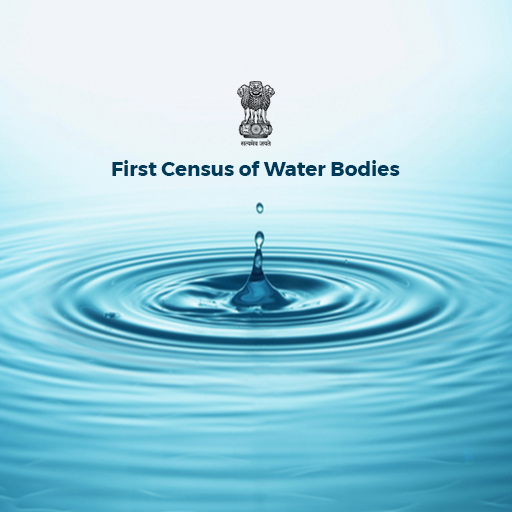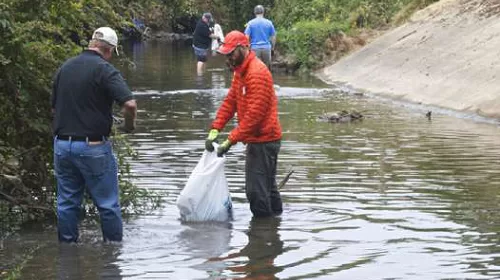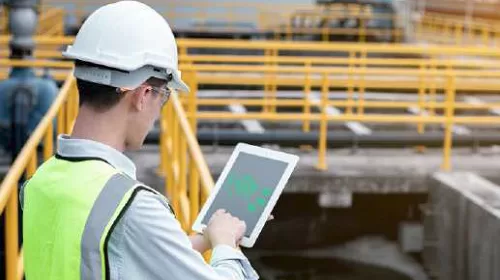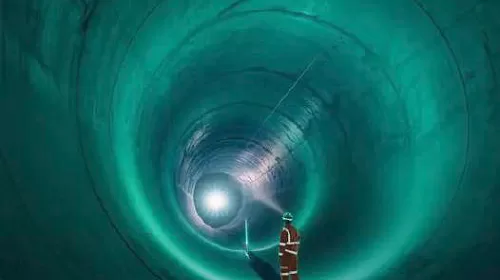The following information was provided by the Minister of State, Jal Shakti, and Shri Bishweswar Tudu in a written reply in the Look Sabha. Ministry of Jal Shakti has launched the first Census of Water Bodies in convergence with the Sixth Minor Irrigation Census. Guidelines for repair, renovation and restoration of water bodies (RRR of WBs) component of Pradhan Mantri Krishi Sinchayee Yojana (PMKSY)-Her Chet Koi Pane (HKKP), under which the Ministry of Jal Shakti is providing financial assistance to states for identified schemes, were issued in January, 2022. These guidelines provide details regarding basic features of the scheme, funding pattern and the eligibility criteria for funding, planning and implementation of projects, procedure for submission of proposals and release of funds, and monitoring and evaluation arrangements under the scheme. Further, the Central Pollution Control Board has issued “Indicative Guidelines for Restoration of Water Bodies”, which give general recommendations on augmenting capacity of water bodies and on improvement of water quality in them. Apart from issuing guidelines and providing financial assistance under RRR of
Water bodies scheme mentioned above, some of the major initiatives taken by the Government of India for conservation and restoration of water bodies are as follows.
1. Rejuvenation of water bodies is also a component under the water supply sector of the Atal Mission for Rejuvenation and Urban Transformation (AMRUT) scheme under the Ministry of Housing & Urban Affairs. AMRUT 2.0, launched in October, 2021, includes rejuvenation of water bodies and water conservation.
2. In 2019, Jal Shakti Abhiyan was launched by the Government. This was followed by the “Jal Shakti Abhiyan: Catch the Rain” (JSA: CTR) campaign, in 2021. The JSA: CTR campaign for the year 2022 was launched in March 2022, in all districts (rural and urban), in the country. The main theme of the campaign is Catch the Rain, where it falls, when it falls”. Focused interventions under these annual campaigns taken up by the Government of India and the State Governments, include renovation of traditional and other water bodies/tanks, enumeration, geo-tagging and making inventory of all water bodies, and removal of encroachments of tanks/ lakes, and de-silting of tanks, and protection of water catchment areas.
3. Mission on Amrit Sarovar, aimed at developing and rejuvenating 75 water bodies in each district of the country as a part of celebrations of Azadi ka Amrit Mahotsav, has been launched in April, 2022. The Mission works through the states and districts, through refocusing of various ongoing schemes of the Government, as well as inclusion of citizen and non- Government resources. The Mission is to be completed by 15th August 2023.
4. Mahatma Gandhi National Rural Employment Guarantee Scheme (MNREGS) has provisions for public works relating to natural resource management, water conservation and water harvesting structures to augment and improve ground water like underground dykes, earthen dams, stop dams,
Check dams and roof top rain water harvesting structures in public buildings. Planning, funding, execution and maintenance of water bodies, including their restoration, rejuvenation and conservation, is addressed by the State Government concerned. Government of India provides technical support and in some cases, partial financial assistance under the existing schemes, to facilitate the State Governments. Bureau of Indian Standards IS–10500: 2012 specifies ‘acceptable limit’ and ‘permissible limit in the absence of alter Nate source’ for various physio-chemical and bacteriological parameters for drinking water quality. The Central Ground Water Board generates ground water quality data on a regional scale during various scientific studies and ground water monitoring programme throughout the country. Data on ground water quality has been shared with concerned State Governments for taking remedial measures, awareness and monitoring of drinking water use. To make provision of potable tap water supply in adequate quantity, of prescribed quality and on regular & long-term basis to every rural household by 2024, since August, 2019, Government of India in partnership with States, is implementing Jal Jeevan Mission (JJM) Her Ghar Jal. Under JJM, while allocating the funds to States/ UTs, 10% weightage is given to the population residing in habitations affected by chemical contaminants. Under JJM, while planning for potable water supply to household through tap water connection, priority is to be given to quality-affected habitations. Since, planning, implementation and commissioning of piped water supply scheme based on a safe water source may take time, purely as an interim measure, States/ UTs have been advised to install community water purification plants (CWPPs) especially in Arsenic and Fluoride affected habitations to provide potable water to every household at the rate of 810 litre per capita per day (plod) to
Meet their drinking and cooking requirements. Under Jal Jeevan Mission, as per existing guidelines, IS:10500 is to be adopted for ensuring safe drinking water supply and States/ UTs have been advised to carry out testing of drinking water sources once in year for chemical and physical parameters, and twice in a year for bacteriological parameters. To enable States/ UTs to test water samples for water quality, and for sample collection, reporting, monitoring and surveillance of drinking water sources, an online JJM Water Quality Management Information System (WQMIS) portal has been developed. The State-wise detail of water quality test reported through WQMIS is available in public domain on JJM Dashboard and can also be accessed at https://neer.icmr.org.in/website/main.php to encourage water quality testing to ensure potable drinking water supply, States/ UTs have opened water quality testing laboratories to general public for testing of their water samples At a nominal rate. States/ UTs have been advised to identify and train 5 persons preferably women viz. ASHA workers, health workers, VWSC members, teachers, etc. in each village to conduct water quality tests using FTKs/ bacteriological vials at village level and report the same on the portal. This information was given by the Minister of State, Shri Prahalad Singh Patel in a written reply in Look Sabha today.





